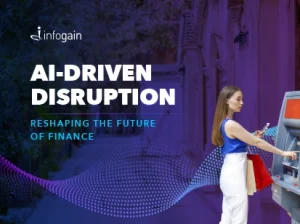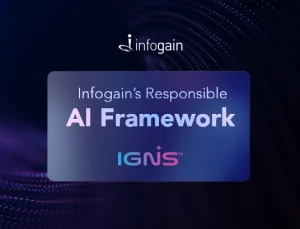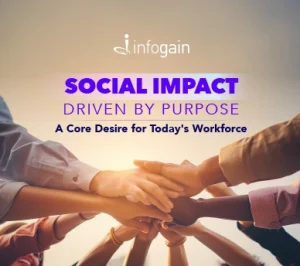- Posted on : May 30, 2025
-
- Industry : Corporate
- Type: Blog

Effective project delivery is the cornerstone of success for B2B companies that want to ensure alignment with their client’s business goals and manage risk in client-side projects. The choice of delivery methods plays a crucial role in determining whether a project thrives or falters. Client-side project delivery is most often used for requirements and scope management, risk management and project communication statuses.
In this blog, I will review time and material, staff augmentation, full ownership delivery and fixed price delivery to discern which ones are destined for greatness and which could lead to failure.
Time and Material (T&M)
T&M can be successful in dynamic projects where requirements are likely to change. However, without careful monitoring, it can lead to cost overruns and inefficiencies.
Advantages:
- Flexibility: T&M provides flexibility for evolving project requirements. Clients can make changes during the development process without significant contractual adjustments.
- Cost Transparency: Clients only pay for actual hours worked and resources utilized, ensuring a transparent cost structure.
Disadvantages:
- Budget Uncertainty: The flexibility comes at the cost of budget uncertainty, as it is challenging to predict the final project cost.
- Lack of Incentive for Efficiency: Without a fixed budget, there might be a lack of incentive for the development team to work efficiently.
Staff Augmentation
Staff augmentation is effective when specific skills are lacking in-house such as specialized technical expertise, and in niche and upcoming areas like AI and blockchain. However, careful management is essential to ensure smooth collaboration and integration of the workforce with the project.
Advantages:
- Skill Augmentation: Clients can bring in specialized skills that might not be available in their in-house team.
- Control and Flexibility: Clients retain control over the project while adding external resources as needed.
Disadvantages:
- Integration Challenges: Integration of external resources with the existing team can pose challenges in terms of communication and collaboration.
- Dependency on Individuals: Success may heavily depend on the capabilities and commitment of individual augmented team members.
Full Ownership Delivery
This delivery method is ideal for projects with well-defined requirements and minimal expected changes. However, it may struggle in highly dynamic environments due to stakeholder concerns, lack of clarity, unforeseen changes in established processes and non-alignment with project goals.
Advantages:
- End-to-End Responsibility: The development team takes complete ownership, leading to a clear accountability structure.
- Efficient Communication: With a single point of contact, communication is streamlined, reducing the risk of misinterpretation.
Disadvantages:
- Limited Flexibility: Changes in project requirements might be more challenging to accommodate compared to other delivery methods.
- High Upfront Commitment: Clients must commit to a detailed plan and scope, potentially limiting the ability to adapt to changing needs.
Fixed Price Delivery
Fixed price delivery is suitable for projects with stable and well-understood requirements. However, it requires thorough initial planning and may face challenges if significant changes are needed.
Advantages:
- Cost Certainty: Clients have a fixed budget, providing a clear understanding of financial commitments.
- Defined Scope: Well-defined project scopes ensure that both parties have a clear understanding of deliverables.
Disadvantages:
- Limited Flexibility: Changes to the project scope may result in additional costs and complications.
- Risk for the Vendor: Vendors may carry the risk of unforeseen challenges, potentially impacting the quality of delivery.
Conclusion
While each project is unique, the success or failure of a delivery method depends on factors like project complexity, client preferences, and adaptability to change. Rather than labeling a method destined for greatness or doomed for failure, you should carefully assess the specific needs of the project and choose a delivery method that aligns with those requirements. Additionally, effective project management, clear communication, and adaptability are key factors in ensuring success, regardless of the chosen delivery method.







